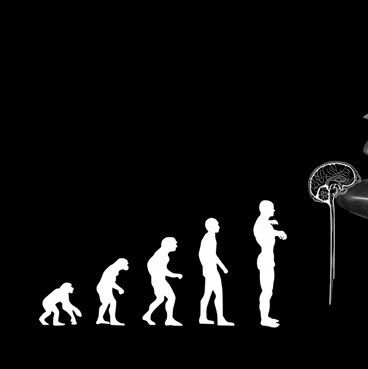不少父母不让孩子吃糖果和巧克力,认为这类甜食有害牙齿、容易导致肥胖。不过,美国一项调查显示,与几乎不吃甜食的孩子相比,适量吃甜食的孩子不易发胖。
调查显示儿童适量吃糖或更苗条
不易发胖
美国路易斯安那州立大学研究人员1999年至2004年随访超过1.1万名年龄2岁至18岁的儿童和青少年,了解他们的饮食习惯。
统计结果显示,与不吃糖的儿童相比,吃糖儿童超重或肥胖的几率低22%;在青少年调查对象中,吃糖者比不吃者超重或肥胖几率低26%。
所有吃糖的调查对象血液中C反应蛋白水平低。C反应蛋白是一种非特异性急性期炎症反应物,是细菌感染和严重组织损伤的一项诊断指标。C反应蛋白浓度高意味着容易并发炎症,易患心脏病、高血压、中风等疾病。
研究人员同时发现,吃糖孩子的比例在减少,1973年为94%,1994年减至71%;孩子们吃糖的数量相应在减少。
适量为佳
英国《每日邮报》7月1日援引研究项目主管、营养学教授卡萝尔·奥尼尔的话报道:“研究结果显示,吃糖的青少年和儿童不易超重或肥胖。不过,这项结果不能成为让孩子随心所欲(吃糖)的通行证。”
“糖果不能取代营养丰富的食物,”奥尼尔说,“它是一种特殊犒赏,只能适量享用。”
研究人员分析,儿童时期适量吃糖,能让孩子更好懂得“饮食戒律”的重要性。孩子如果只在特殊场合或日子吃糖果和巧克力,能养成更好的饮食习惯,学会“驾驭热量摄取与消耗之间的平衡”。
调查结果由《食物与营养研究》期刊发表。
寓教于吃
英国卫生部统计数字显示,英国肥胖或超重儿童数量日趋增加,近十分之一6岁儿童、15%的15岁少年肥胖。
美国儿科协会专家警告,肥胖儿童数量增加是垃圾食品广告“密集轰炸”和久坐不动生活方式双重作用的结果。
英国南安普顿营养学家普里娅·图建议,父母给孩子糖果时可以教他们一些饮食知识,让他们日后受益。这样,孩子既能吃到美味糖果,又可以学会控制数量并且知道不能每天吃糖。
生物探索推荐英文摘要
Association of candy consumption with body weight measures, other health risk factors for cardiovascular disease, and diet quality in US children and adolescents: NHANES 1999-2004
Abstract:The purpose of this study was to determine the effects of total, chocolate, or sugar candy consumption on intakes of total energy, fat, and added sugars; diet quality; weight/adiposity parameters; and risk factors for cardiovascular disease in children 2-13 years of age (n=7,049) and adolescents 14-18 years (n=4,132) participating in the 1999-2004 National Health and Nutrition Examination Survey. Methods: Twenty-four hour dietary recalls were used to determine intake. Diet quality was determined using the Healthy Eating Index-2005 (HEI-2005). Covariate-adjusted means, standard errors, and prevalence rates were determined for each candy consumption group. Odds ratios were used to determine the likelihood of associations with weight status and diet quality. Results: In younger children, total, chocolate, and sugar candy consumption was 11.4 g±1.61, 4.8 g±0.35, and 6.6 g±0.46, respectively. In adolescents, total, chocolate, and sugar candy consumption was 13.0 g±0.87, 7.0 g±0.56, and 5.9 g±0.56, respectively. Total candy consumers had higher intakes of total energy (2248.9 kcals±26.8 vs 1993.1 kcals±15.1, p<0.0001) and added sugars (27.7 g±0.44 vs 23.4 g±0.38, p<0.0001) than non-consumers. Mean HEI-2005 score was not different in total candy and sugar candy consumers as compared to non-consumers, but was significantly lower in chocolate candy consumers (46.7±0.8 vs 48.3±0.4, p=0.0337). Weight, body mass index (BMI), waist circumference, percentiles/z-score for weight-for-age and BMI-for-age were lower for candy consumers as compared to non-consumers. Candy consumers were 22 and 26%, respectively, less likely to be overweight and obese than non-candy consumers. Blood pressure, blood lipid levels, and cardiovascular risk factors were not different between total, chocolate, and sugar candy consumers and non-consumers (except that sugar candy consumers had lower C-reactive protein levels than non-consumers). Conclusion: This study suggests that candy consumption did not adversely affect health risk markers in children and adolescents.








